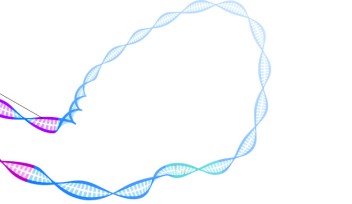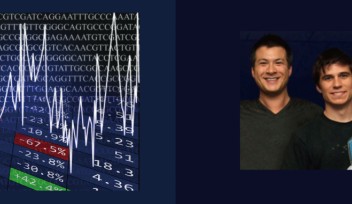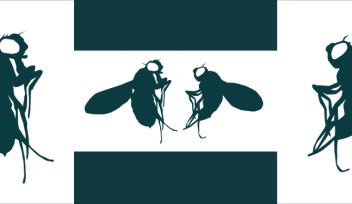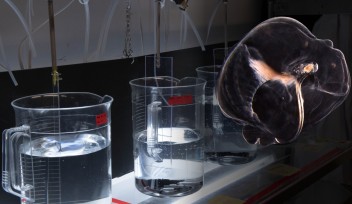Analyzing the never-ending power struggle
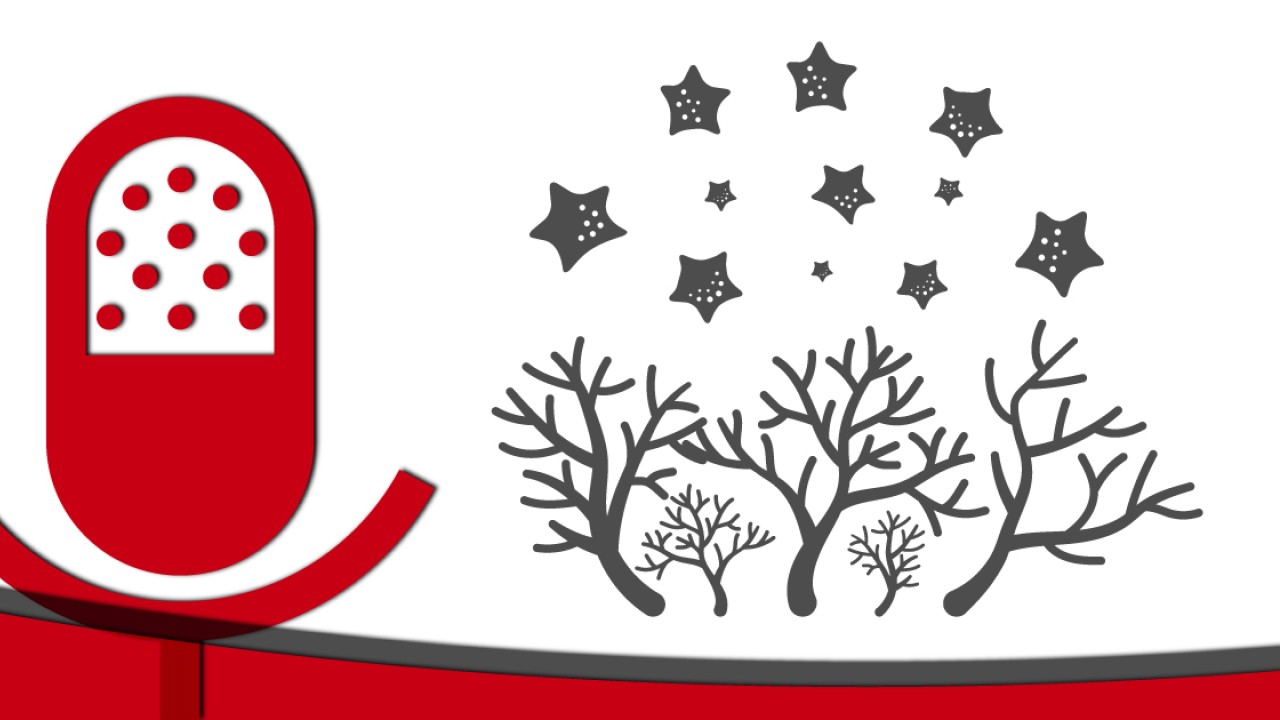
Subscribe to the OIST podcast on Apple Podcasts, Google Podcasts, Spotify, or wherever you listen to your podcasts.
What do humans have in common with coral reefs, insects, and Okinawa’s star sand? As organisms, we’re almost as different as they come, spread across the evolutionary tree, but we also all rely on an unusual relationship that most of us take for granted. We all house symbiotic organisms that, for better or for worse, are now strongly connected to our life history.
Symbionts can provide their hosts energy from the sun or from chemicals, an ability to break down food more efficiently, or protection against predators. But although traditionally symbiosis has been seen as a mutually beneficial relationship, Prof. Filip Husnik, who joined the Okinawa Institute of Science and Technology Graduate University (OIST) in March 2020 to lead the Evolution, Cell Biology, and Symbiosis Unit, emphasized that it’s actually more like a never-ending power struggle.
“Yes, some are useful to both parties,” he explained, “but others are more parasitic – benefiting one, but having a detrimental impact on the other.”

An ancient example of a symbiosis is the mitochondrion, a tiny organelle that can be found in every human cell (as well as in the cells of every other animal, plants, fungi, single-celled protists, and algae). The mitochondrion generates most of the chemical energy needed to power these cells but, interestingly, it used to be free-living.
Once it was ‘absorbed’ into the cell, it fundamentally changed – losing most of its own genetic material and becoming incapable of living by itself. And similarly, the eukaryotic cell changed as well, coming to rely on the mitochondria for power. This was two billion years ago. Now, life as we know it couldn’t function without this relationship.
Prof. Husnik is interested in these big evolutionary questions. “Symbiosis and horizontal gene transfer are two ways that organisms can very quickly change and adapt to new environments instead of the standard evolutionary mechanisms like selection and mutations,” he explained. “Acquiring a symbiont can be very rapid and can allow the host to, for example, move to a new environment or feed on novel food sources.”
Although Prof. Husnik is looking at the origin of mitochondria, a lot of his research focuses on the more evolutionary-recent types of symbiosis, such as those found in insects, like the mealybugs, which are common plant pests in households in Japan, and the many different bacteria and archaea that corals house within their structures. Okinawa’s famous star sand also has a symbiotic organism that Prof. Husnik plans to investigate.


Prof. Husnik went on to explain that looking at symbiosis is a faster way of studying evolutionary biology, and that there are… “so many cool and crazy examples of symbiosis out there”.
Research Unit
For press enquiries:
Press Inquiry Form













